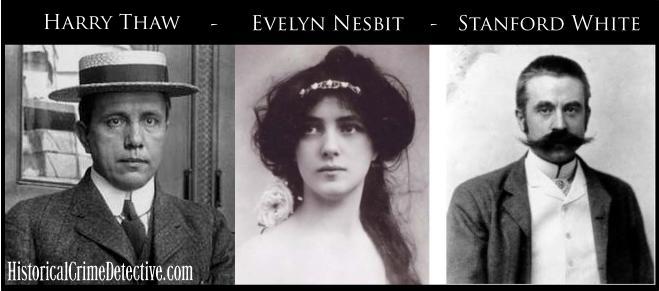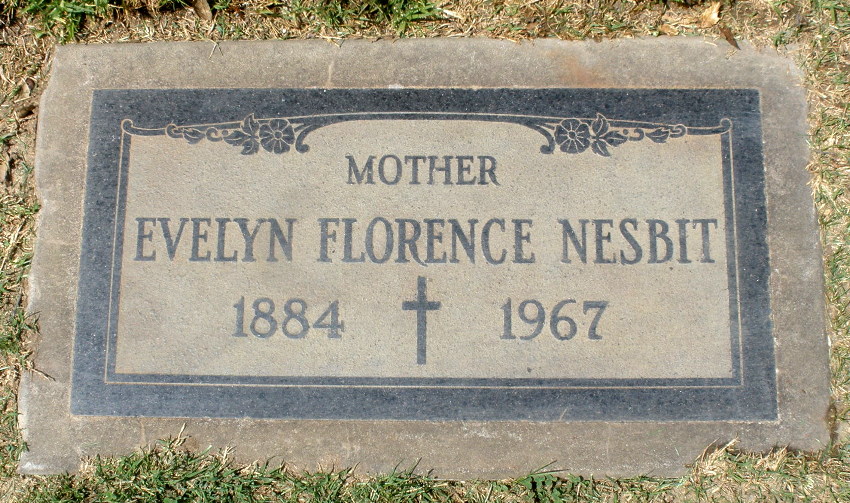We like to think of the Cohen Film Collection as competition to the Criterion Collection; Cohen 2K and/or 4K restorations are stunning; they usually add fascinating bonus tracks and keeps their prices at amounts the average person can afford.
This year, the marvels we considered Cohen’s Best of the Year . . .
At the very top of the list moves that silence remains golden. Buster Keaton, one of the most important and highly-regarded comedians of Hollywood history, is celebrated in three volumes. Comedian? Also film director, producer, screenwriter and stunt performer.
The Great Stoneface’s brilliance is seen in three essential restored Blu-ray volumes.
The Buster Keaton Collection: Volume 1 features The General and Steamboat Bill, Jr.)
 The General is considered to be the last great comedy of the silent era, and it consistently ranks as one of the greatest films of all time on international critics’ polls. Orson Welles called the film the greatest comedy, the greatest Civil War movie, even the greatest film of all time.
The General is considered to be the last great comedy of the silent era, and it consistently ranks as one of the greatest films of all time on international critics’ polls. Orson Welles called the film the greatest comedy, the greatest Civil War movie, even the greatest film of all time.
Set during the Civil War and based on a true incident, the film is an authentic-looking period piece that brings the scope and realism of Matthew Brady-like images to brilliant life.
Keaton portrays engineer Johnnie Gray, rejected by the Confederate Army and thought a coward by his girlfriend (the so-underrated silent icon Marion Mack). When a band of Union soldiers penetrate Confederate lines to steal his locomotive, Johnnie Gray sets off in pursuit. In Steamboat Bill, Jr., as the son of a steamboat captain, Buster falls in love with the daughter of a rival steamboat owner. When a cyclone rages, Buster proves himself a hero by rescuing his love and her father from a watery grave.
The Buster Keaton Collection: Volume 2 features Sherlock Jr. and The Navigator. In Sherlock Jr., Buster plays a movie projectionist who daydreams himself into the movies he is showing and merges with the figures and the backgrounds on the screen. While dreaming he is Conan Doyle’s master detective, he snoops out brilliant discoveries.
![The Buster Keaton Collection - Volume 2 (Sherlock Jr. / The Navigator) [Blu-ray]](https://images-na.ssl-images-amazon.com/images/I/71i57ZxS1FL._SX342_.jpg) And in another hilarious comedy, Keaton and his sweetheart are cast adrift on a deserted ocean liner. The ship finally runs aground on a desert island where the two unfortunates are chased by cannibals. A box office success, The Navigator is also one of Keaton’s most revered films.
And in another hilarious comedy, Keaton and his sweetheart are cast adrift on a deserted ocean liner. The ship finally runs aground on a desert island where the two unfortunates are chased by cannibals. A box office success, The Navigator is also one of Keaton’s most revered films.
The Buster Keaton Collection: Volume 3 features Seven Chances and Battling Butler. In Seven Chances, Buster gets word that if he can be married by seven o’clock that evening he will inherit $7,000,000. When his sweetheart refuses, he proposes to everyone in skirts, including a Scotsman.
 Hopeful still, he advertises for a bride and is horrified to discover 500 would-be-brides hot on his trail in a hilarious chase to the finish. Keaton remarked on occasion that Battling Butler was his favorite of all his films. Based on a Broadway play, the story revolves around a case of mistaken identity between two Alfred Butlers, one an effete millionaire (Keaton), the other the heavyweight champion of the world (the marvelous Francis McDonald).
Hopeful still, he advertises for a bride and is horrified to discover 500 would-be-brides hot on his trail in a hilarious chase to the finish. Keaton remarked on occasion that Battling Butler was his favorite of all his films. Based on a Broadway play, the story revolves around a case of mistaken identity between two Alfred Butlers, one an effete millionaire (Keaton), the other the heavyweight champion of the world (the marvelous Francis McDonald).
Coincidence brings them to the same backwoods Kentucky neighborhood, where Butler-the-flop finds love with a mountain girl, but not before antagonizing Butler-the-brute into a Madison Square Garden grudge match.
A classic of French cinema, Joan of Maid is Jaques Rivette’s ambitious two-part historical epic starring Sandrine Bonnaire. For Joan the Maid: The Battles, the first installment of his powerful yet restrained two-part study, director and co-screenwriter Rivette surveys the revelatory period where Joan met with royalty, joined the army and led the French into battle against the English.
![Joan the Maid [Blu-ray]](https://images-na.ssl-images-amazon.com/images/I/71BnTWWx8lL._SX342_.jpg) As Joan, Bonnaire gets at the reality behind the legend, showing the matter-of-fact courage of a teenage girl. Joan the Maid: The Prisons, the second part of Rivette’s diptych, brought leading lady Bonnaire a César Award nomination for her powerful performance, as she plays out windows in the final two years of Joan’s life, from the battlefield victory, to prison life, to the stake.
As Joan, Bonnaire gets at the reality behind the legend, showing the matter-of-fact courage of a teenage girl. Joan the Maid: The Prisons, the second part of Rivette’s diptych, brought leading lady Bonnaire a César Award nomination for her powerful performance, as she plays out windows in the final two years of Joan’s life, from the battlefield victory, to prison life, to the stake.
The Return of Martin Guerre is one of the most stunning, beautifully filmed atmospheric movies of all time. One critic said “it literally looks like it was painted by Camille Pissarro”.
A thought-provoking story, indeed: In medieval France, some villagers challenge a man’s claim of identity when he (as he says) returns home from some time in the army.
So how do you prove that you are who you say you are, hundreds of years before fingerprinting and DNA? The village dentist is dragged out, as is the midwife who delivered him and the shoemaker who brings a wooden last he made of the husband’s foot before he went off to war.
Gérard Depardieu and Nathalie Baye, who has the difficult job of playing either his wife or his co-conspirator, depending on what’s actually going on, offer solid, riveting performances.
Gérard Depardieu also stars in the lovely Get Out Your Hankerchiefs, a complex, funny, sad, uncomfortaable and very French look at love and sexual dynamics. Depardieu plays a man who truly loves his wife, but is so bothered by his wife ‘s depression that he decides to ask a stranger to be her lover.
No luck, and now the two men are bewitched and
befuddled.
What does work is her love affair with a precocious 13-year-old boy who, in many ways, is the most mature character in the film. And she wants his baby!
This is an unconventional comedy that charmed and shocked the Oscars and went on to become one of the most talked-about French films of the decade.
Starting in 1999, Claude Lanzmann made several films that could be considered satellites of Shoah, the 9 1/2 hour documentary of the Holocaust he made without using a single frame of archival footage. Shoah: Four Sisters is a continuation of Shoah, comprised of interviews conducted in the ’70s that didn’t make it into his completed monumental work. In the last years of the late director’s life, he decided to devote a film to four women from four different areas of Eastern Europe with four different destinies, each finding herself improbably alive after war’s end: Ruth Elias from Ostravia, Czechoslovakia; Paula Biren from Lodz, Poland; Ada Lichtman from further south in Krakow; and Hannah Marton from Cluj, or Kolozsva’r, in Transylvania.
Survivors of unimaginable Nazi horrors during the Holocaust, they tell their individual stories and become crucial witnesses to the barbarism they experienced. Each possesses a vivid intelligence and a commitment to candor that make their accounts of what they suffered through both searing and unforgettable. The frankness of their words, their intensely scrutinized faces, and their bravery as they revisit unimaginable experiences will make them lasting presences in the moral universe of younger generations. Lanzmann’s films remarkably stay within the immediate present tense, where the absolute horror of the Shoah is always happening.
Between the Lines, the sophomore 1977 film by trailblazing writer/director Joan Micklin Silver, marked her second independent production and theatrical follow up to the acclaimed Hester Street. Some consider this an adult version of The Front Page. At the offices of a Boston alternative newspaper, the staff members enjoy a positive and open-minded work environment.
 Music critic Max (the brilliant Jeff Goldblum) uses his influence to score dates, while news reporter Harry (the brilliant John Heard) is dating the lovely Abbie (the brilliant Lindsay Crouse), the publication’s lead photographer. However, it seems as though their relatively carefree days are numbered when the owner of a major publishing company buys the paper, leading to more money, but even more changes.
Music critic Max (the brilliant Jeff Goldblum) uses his influence to score dates, while news reporter Harry (the brilliant John Heard) is dating the lovely Abbie (the brilliant Lindsay Crouse), the publication’s lead photographer. However, it seems as though their relatively carefree days are numbered when the owner of a major publishing company buys the paper, leading to more money, but even more changes.
Keep your eyes peeled for Michael J. Pollard, Marilu Henner, Lewis J. Stadlen, Joe Morton, Lane Smith, Jill Eikenberry and a slew of mother big and small-screen faves.



 The trial of Thaw and its aftermath mesmerized the nation. Americans overwhelmingly supported Thaw–he had avenged his wife’s honor; what else mattered? But the district attorney, Travers Jerome, ferocious, brilliant, and unflappable, was determined to send Thaw to the electric chair.
The trial of Thaw and its aftermath mesmerized the nation. Americans overwhelmingly supported Thaw–he had avenged his wife’s honor; what else mattered? But the district attorney, Travers Jerome, ferocious, brilliant, and unflappable, was determined to send Thaw to the electric chair.
